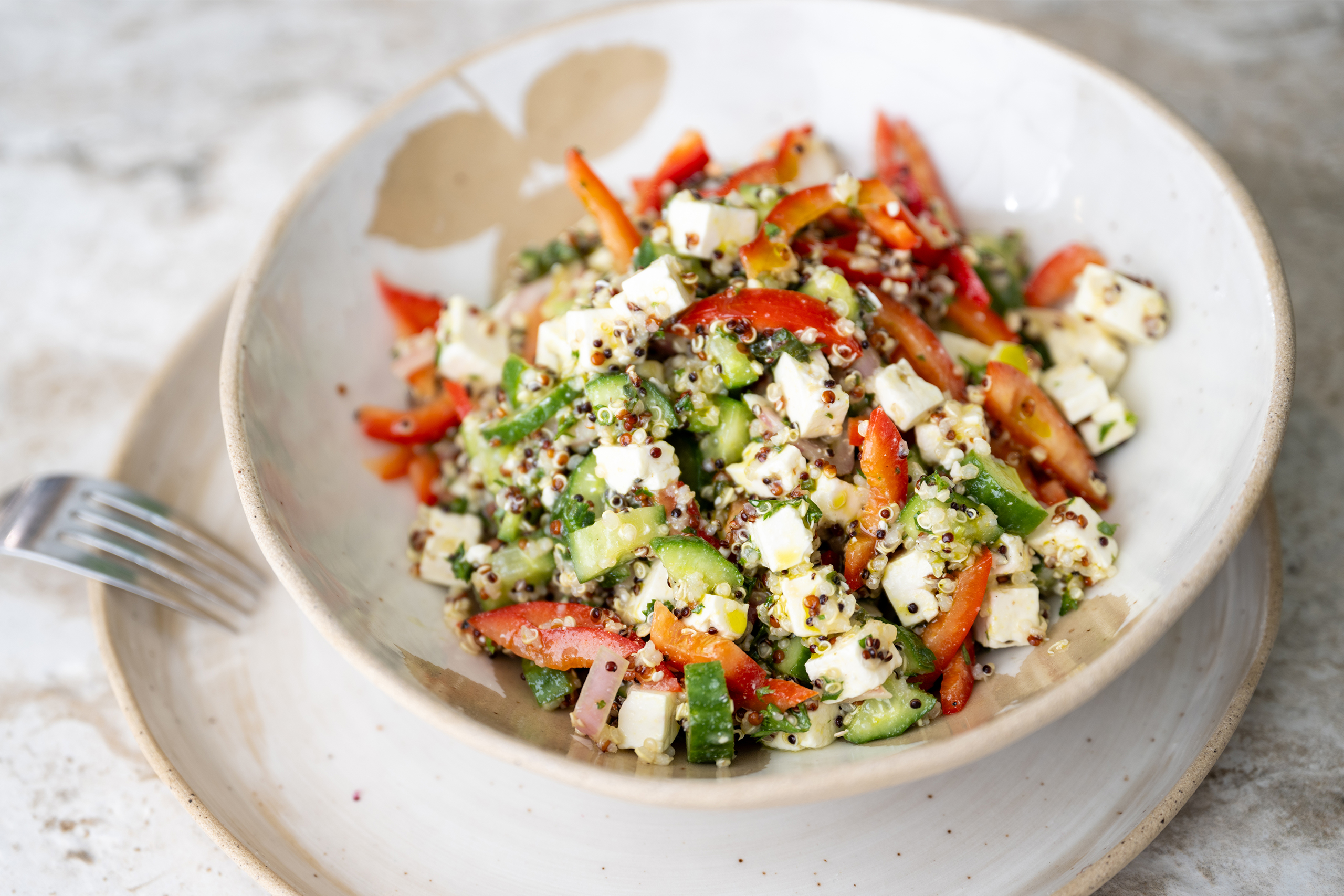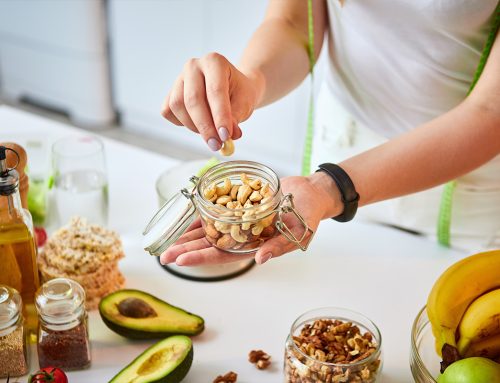In the quest for healthier eating, understanding the glycemic index (GI) and glycemic load (GL) of foods can be a game-changer. These tools help measure how quickly carbohydrates are digested and affect blood sugar levels. Let’s delve into the world of carbs and discover why all carbs are not created equally.
Unpacking the Glycemic Index and Glycemic Load
- Glycemic Index (GI) is a ranking system that indicates how rapidly a carbohydrate enters the bloodstream. Simply put, the higher the ranking, the quicker it elevates blood sugar levels.
- Glycemic Load (GL), on the other hand, considers both the speed and quantity of blood sugar increase from a single serving of a carbohydrate. In other words, the higher the score, the greater the overall impact on blood sugar levels.
While both GI and GL are valuable metrics, glycemic load provides a more precise measurement of how a carbohydrate influences blood sugar. Foods with higher GI or GL scores tend to cause faster and more significant blood sugar spikes than those with lower scores.
Factors Influencing Glycemic Index and Glycemic Load
Several factors determine whether a carbohydrate is classified as high or low on the glycemic scale.
- Fiber
- Protein content
- Healthy fat
These all play crucial roles in this classification. Meals and snacks rich in fiber, plant-based protein, and low in saturated fat generally result in a lower blood sugar response.
In contrast, simple and highly processed carbohydrates often have higher GI and GL scores. These foods lack fiber, contain minimal protein, and may make insulin resistance worse, especially when combined with saturated fat. Think of sugary donuts, greasy potato chips, or deep-fried French fries.
*Note: Although saturated fat does not directly affect the glycemic index (GI) or glycemic load (GL), combining high amounts of saturated fats—such as those found in butter, animal protein, and dairy—with simple and highly processed carbohydrates can make insulin resistance worse. This is because saturated fats can interfere with the body’s ability to regulate blood sugar effectively, leading to poorer blood sugar management and an increased risk of metabolic issues.
Lower Glycemic Load Meal and Snack Ideas
- Tofu Scramble: Packed with fiber and protein, this omelet is a nutritious and low-GI option (see recipe below).
- Apple Slices With Natural Peanut Butter or Almond Butter: The fiber in apples, combined with the protein and healthy fats in nut butter, creates a balanced and blood sugar-friendly snack.
- Quinoa Salad with Dairy-Free Feta Cheese, Cucumbers, and Veggies: Quinoa’s high fiber and protein content, along with a medley of vegetables, make for a satisfying and low-GI meal.
- Tempeh Stir-Fry with Brown Rice or Quinoa: A protein-rich stir-fry featuring tempeh and whole grains offers sustained energy without the blood sugar roller coaster.
Incorporating these lower glycemic load options into your diet can contribute to stable blood sugar levels and support overall health. As you navigate the world of carbohydrates, remember that making informed choices can positively impact your well-being.
Sending Health Your Way!
Tula Clinical Team
Reviewed by:
Aubree RN, BSN
Austin MS, RDN, CSR, LDN, CD
Tula Takeaways |
|---|
| 1. Glycemic Index (GI) vs. Glycemic Load (GL): The glycemic index measures how quickly carbohydrates raise blood sugar levels, whereas the glycemic load takes into account both the speed and the quantity of carbohydrates consumed, offering a more comprehensive understanding of their effect on blood sugar levels. |
| 2. Importance of Fiber, Protein, and Healthy Fats: Prioritize foods high in fiber, plant-based protein, and healthy fats to lower glycemic load and maintain steady energy levels. |
| 3. Choose Low-Saturated Fat Foods: Opt for foods low in saturated fats, unlike butter, animal protein, and dairy, as these can contribute to insulin resistance and negatively impact blood sugar regulation. |
| 4. Choosing Carbohydrates Wisely: Opt for whole, minimally processed carbs to better manage blood sugar and enhance overall health. |
Tofu Scramble Recipe |
|---|
Ingredients
|
| Directions
Prep:
|
Cooking Instructions:
|
The LIVE TULA blog is informational and not medical advice. Always consult your doctor for health concerns. LIVE TULA doesn’t endorse specific tests, products, or procedures. Use the information at your own risk and check the last update date. Consult your healthcare provider for personalized advice.






